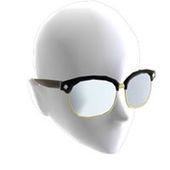Greetings all,
I am building my own game engine, and recently have touched into the topic of water visuals and rendering. I have done quite a bit of research and specifically, have implemented a type of "Projective Texturing" water reflection through following this tutorial series: ThinMatrix Water Tutorial Series
And so, my question is - are Screen Space Reflections a "faster" (even if not more accurate) solution in comparison to the aforementioned method? If so, how?
From what I have researched, SSR only reflects what is seen on the screen (hence, the performance advantage). However, how can this be faster than the aforementioned method? SSR needs to ray cast/trace in order to determine whether a color is reflected. On the other hand, projecting the reflected image does not; one simply samples the pixel and projects it on the water grid.
Likewise, the aforementioned method is not planar reflections either, thus one does not need to render the entire scene geometry; one can pick and choose wisely.
Thanks in advance, if you could please enlighten me on this topic!


